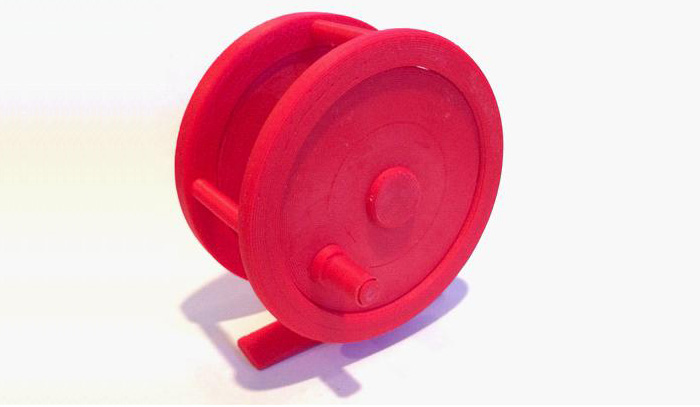Fishing. Alexander The Great, ancient Macedonian King of fame, pupil of Aristotle and victor of 7000 battles by his death at the astonishingly young age of 27, noted a people that lived entirely on a diet of fish on his return from the place of his first and final defeat in what today is India. Still today, people can be found around the world whose local economy is almost entirely orientated around fishing. Technology and techniques for tools to fish have changed somewhat over the 2000 years since Alexander’s observation. And now, home 3D printing has been used by innovative designer Michael Hackney to create what could be the world’s first 3D printed fly reel.

After printing and cleanup of the holes with drills, some sanding on the spindles was required for a friction-free fit. The 3D printer’s output resolution is a variable, which will affect how little work is required after printing. The higher the resolution, the lower the post-print care required. The reel is glued together with ABS, Epoxy or CA glue. Michael used white lithium grease for lubrication on the spindles.
The reel was printed in ABS on a SeeMeCNC Rostock Max delta printer – here is a completed reel:



